I was in Asheville last week and decided to take a little hike on the Mountain-to-the-sea trail carrying my camera with my macro lens to see what I could see. Why a macro lens? Well, everything seems to be pretty much dead in the dead of winter on the trail( (I suppose that is exactly why we say “in the dead of winter”!) with the exception of mosses as well three orchid species which over-winter hidden among the fallen leaves and can easily be overlooked. I will skip the mosses for now and report on the orchids.
The cranefly orchid (Tipularia discolor) has a beautiful inflorence with a tall stalk of delicate flowers growing in a whirl which appears in August. What makes it an interesting plant is that it only has one leaf which is either green on top with purple underside, or a shiny purple color. Before the plant flowers, the leaf disappears.
Notice how different in color these leaves are! Turn the green leaf over and it will be a rich purple/scarlet color. The leaves are about 3 inches in length, although sometimes, in more mature plants, the leaves can be 5-6 inches in length.
The flower stalk is tall and lean and since it flowers it in late summer, by the time the seeds form, leaves are beginning to fall, so it is not unusual to find a line of plants in the winter fallen leaves or a bunch of plants where the flower stalk has fallen.
Another interesting orchid which also has but one leaf is Aplectrum hyemale, “Adam and Eve”, so-called because the flower grows from one corm and the plant (single leaf!) from another. It also goes by the common name of “Putty root” because if you crush the corms they are like putty. Sometimes you may run across a few plants close together, but it is not as likely to happen because the flower appears much earlier – in May – forming interesting seed capsules which fall to the grown much earlier and are dispersed by animals passing by or the elements, and so finding single plants is more common.
This leaf has the same ridges that the Tupilaria discolor has, but it is light green with whitish stripes running through it. It is leathery, or rather, feels like paper, or dull plastic instead of satiny soft like the Tupilaria discolor leaf. It is also much bigger – 5-8 inches in length.
The other orchid I found on my hike on the trail, always a bit hidden by fallen leaves, was the Rattlesnake plantain.
Rattlesnake plantain (Goodyera pubescens ) looks more little a “normal” plant compared to the last two orchids with only one leaf which seems to have been tightly pressed together and then smoothed out. But, its leaves are definitely interesting also because they remind one of a camouflaged rattlesnake skin. In fact, it owns its common name to that fact. According to the Doctrine of signatures (more about that in a later blog!) since the plant looked like a snake, Native Americans made a tea from its root and poultice from its leaves to treat snake bites and other illnesses and disorders.
The Rattlesnake plantain flowers in July in our area. It is not unusual for the seed pods to stay on their stalks and over-winter once they burst and the seeds have dispersed, but I didn’t see any plants with seed pods on my hike. The photograph, above, of the plant with its dried seed pods is a file photograph taken in May, 2009.
I will focus more on these interesting, beautiful orchids which also grow on our property in future blogs.

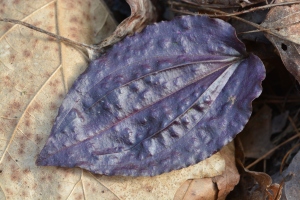
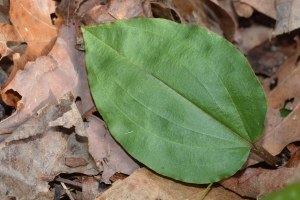
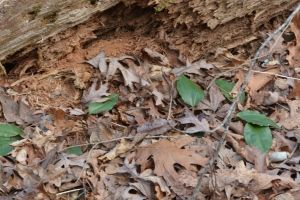
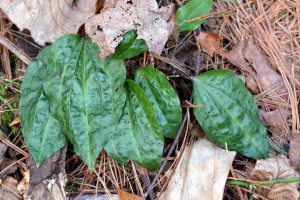
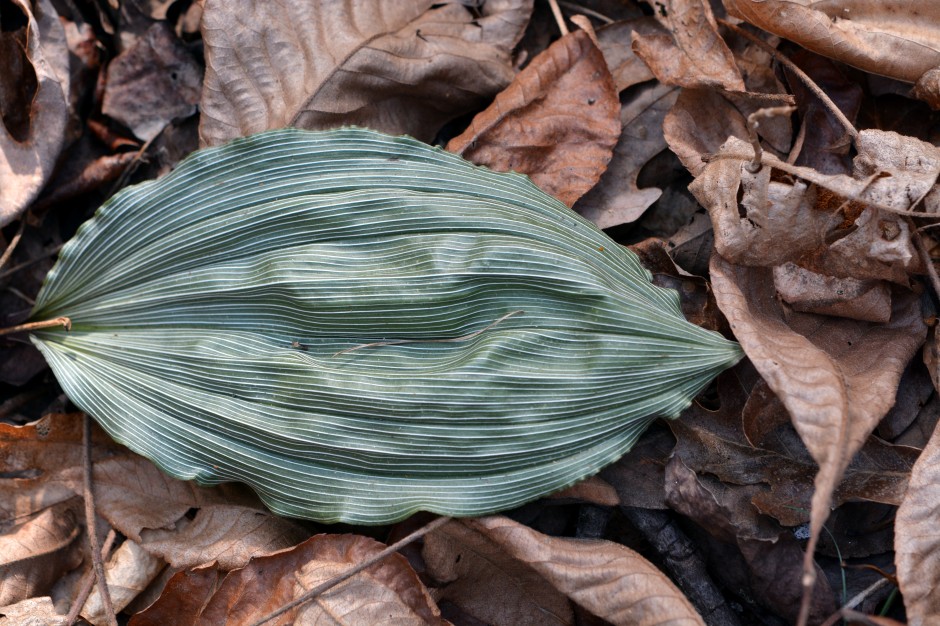
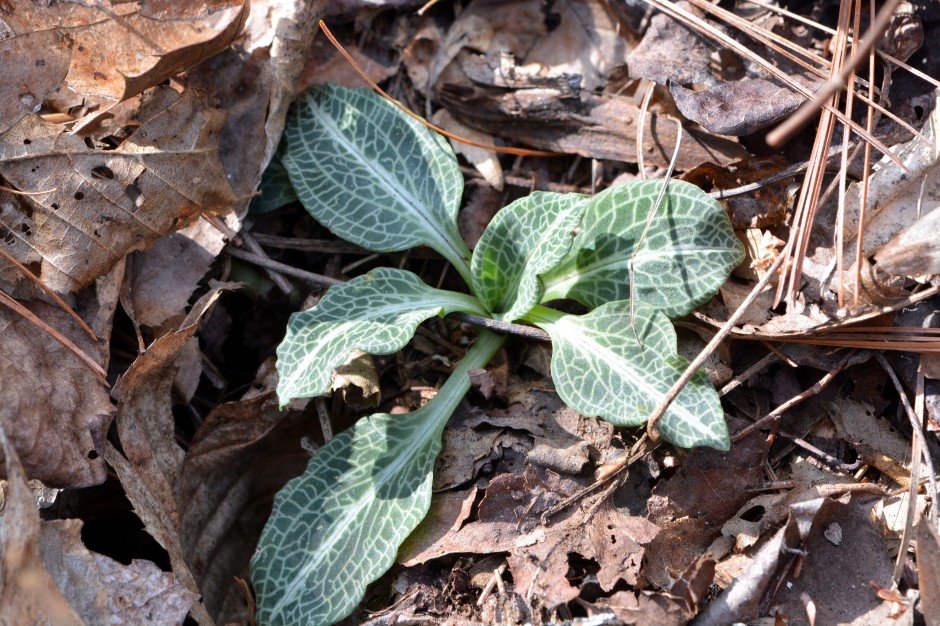
Martha: Fabulous photos and a good bit of plant sleuthing! Thank you for sharing.